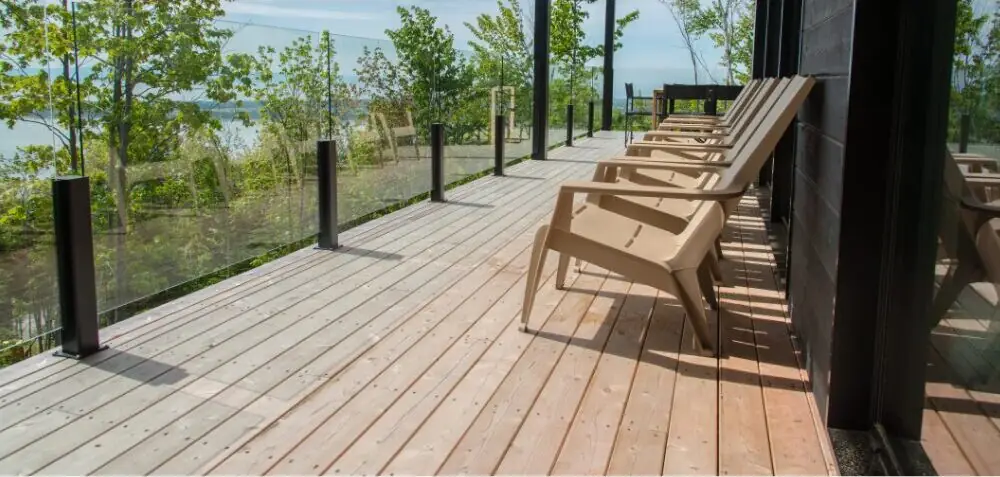
In Idaho, if a landowner or possessor of land negligently maintains their property, resulting in injury, then the injured party may be able to sue the landowner and/or possessor for damages. This is commonly known as premises liability. Whether the landowner had a duty to protect the plaintiff from the hazard that injured them depends on if the plaintiff was a trespasser, licensee, or invitee.
Trespassers
Because they entered the land without the owner’s permission, trespassers receive the lowest standard of care. First, the landowner only owes a duty to the trespasser if they could have reasonably anticipated that someone would trespass. An example of reasonably foreseeable trespass could be a park that is technically closed but takes no other actions to prevent people from entering.
Even if the landowner could have reasonably foreseen trespassers, they only have a duty not to commit “willful or wanton acts” that could cause injury. A willful or wanton act constitutes more than typical negligence. Rather, it is a reckless or intentional act that the landowner knew or should have known created a high probability of injury.
Licensees
Landowners owe a somewhat heightened duty to licensees. In Idaho, a licensee enters the landowner’s property with their consent to pursue their own purpose. Idaho law commonly considers social guests to be licensees.
Landowners have a duty to disclose their knowledge of hazards that a reasonable licensee could not discover on their own. However, they have no duty to prevent or remove those hazards. Once a landowner warns the licensee, Idaho law expects that they will use that information to protect themselves.
Invitees
Invitees receive the highest standard of care. An invitee enters the landowner’s premises with their consent (either explicit or implied) for the mutual benefit of both the landowner and the invitee. People visiting stores or other places of business are invitees. Landowners owe a duty to invitees to keep their premises in a reasonably safe condition, warn them of dangers, and even protect them from foreseeable dangers that third parties create on the premises.
To prove that the landowner failed to keep their premises in a safe condition, the plaintiff must first show that the landowner knew about the hazard. The plaintiff can do this in one of two ways. First, they can show that the landowner knew or should have known about the specific hazard that injured them. Alternatively, the plaintiff can show the landowner’s operating methods created foreseeable hazards, regardless of whether the landowner knew or should have about the specific hazard that injured them.
In Idaho slip-and-fall cases, the mere existence of a spill on the premises is not enough to show that the landowner knew about the hazard. Rather, the plaintiff presents additional evidence that shows the landowner knew or should have known about that specific spill, or that their business practices led to recurring spills that posed a foreseeable danger to invitees.
Open and Obvious Danger Defense in Idaho
In invitee premises liability cases in some states, defendant landowners can assert the open and obvious danger defense. Under this rule, landowners do not have to inform invitees on their premises of dangers that would be obvious to a reasonable person. Thus, if an obvious hazard injured an invitee, the invitee cannot recover.
However, Idaho has eliminated the open and obvious danger defense. In Idaho, if an obvious hazard injured the invitee, this may be evidence of comparative negligence, but it does not absolutely bar recovery.
Recreational Immunity in Idaho
Idaho Code § 36-1604 limits premises liability for any landowner that allows the public to recreate on their property free of charge. Under this law, the landowner has no duty to keep the premises safe for recreation or warn the public of any dangers. However, people recreating on the land retain the rights of trespassers. This means that recreational landowners still must refrain from willful or wanton acts that could cause injury.
Sidewalk Liability in Idaho
Under Idaho law, cities must ensure their streets and sidewalks are reasonably safe for normal travel. This means that municipalities may be held liable for hazardous sidewalk conditions that injure people.
Sources:
- Oswald v. Costco Wholesale Corp., 167 Idaho 540, 473 P.3d 809 (2020).
- Hanks v. City of Boise, 540 P.3d 299, 304 (2023).
- Noel v. City of Rigby, 166 Idaho 575, 462 P.3d 103 (2020).
- Brooks v. Wal-Mart Stores, Inc., 164 Idaho 22, 423 P.3d 443 (2018).
- Chapman v. Chapman, 147 Idaho 756, 215 P.3d 476 (2009)
- Robinson v. Mueller, 156 Idaho 273, 240, 322 P.3d 319, 322 (2014).
- Harrison v. Taylor, 115 Idaho 588, 768 P.2d 1321 (1989).
- Idaho Code § 36-1604.
- Smith v. Preston, 97 Idaho 295, 543 P.2d 848 (1975).
Conclusion
In Idaho, whether a landowner is liable for an injury that occurred on their premises depends on if the injured person was a trespasser, licensee, or invitee. Furthermore, people that are injured on land that is open to the public for recreation may have less protection.
For more detailed information, consulting with a personal injury attorney familiar with Idaho law can provide valuable guidance and ensure your rights are protected throughout the legal process.


